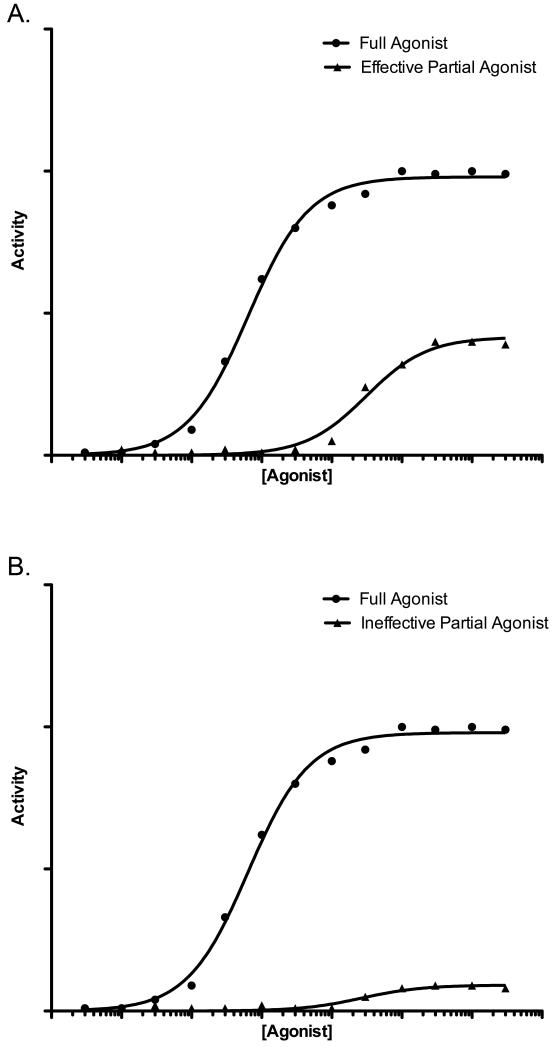Figure 1. A saturating concentration of a theoretical full agonist elicits a greater response than a saturating concentration of a theoretical partial agonist.
(A) A theoretical full agonist versus a relatively effective theoretical partial agonist. The activity of these ligands resembles the activity of AREG (full agonist) and EGF (partial agonist). (B) A theoretical full agonist versus a relatively ineffective theoretical partial agonist. The activity of these ligands resembles the activity of wild-type NRG2β (full agonist) and NRG2β/Q43L (partial agonist).

